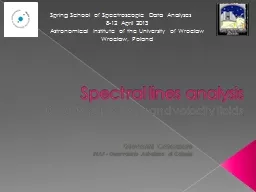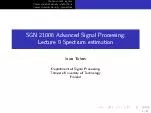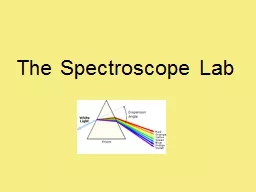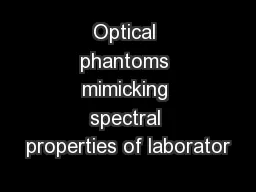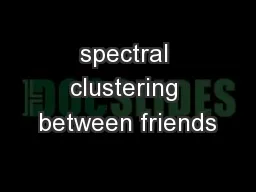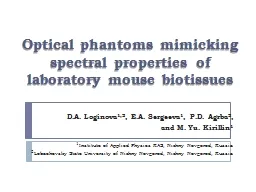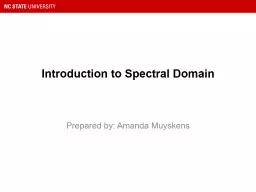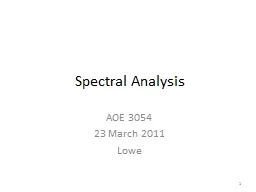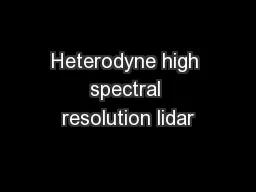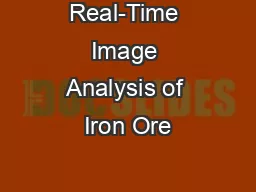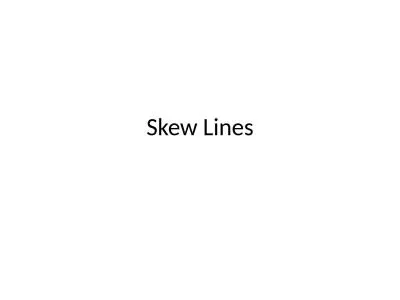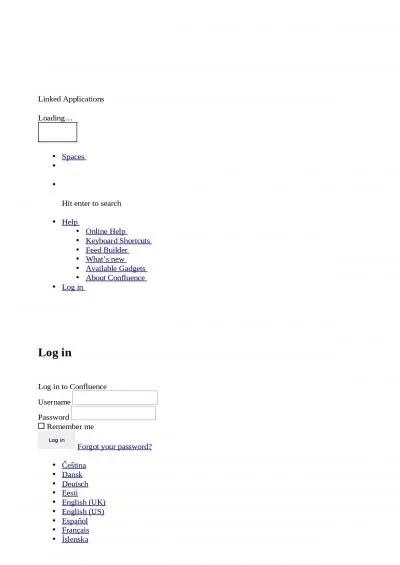PPT-Spectral lines analysis
Author : liane-varnes | Published Date : 2017-06-18
Rotational velocity and velocity fields Spring School of Spectroscopic Data Analyses 812 April 2013 Astronomical Institute of the University of Wroclaw Wroclaw Poland
Presentation Embed Code
Download Presentation
Download Presentation The PPT/PDF document "Spectral lines analysis" is the property of its rightful owner. Permission is granted to download and print the materials on this website for personal, non-commercial use only, and to display it on your personal computer provided you do not modify the materials and that you retain all copyright notices contained in the materials. By downloading content from our website, you accept the terms of this agreement.
Spectral lines analysis: Transcript
Download Rules Of Document
"Spectral lines analysis"The content belongs to its owner. You may download and print it for personal use, without modification, and keep all copyright notices. By downloading, you agree to these terms.
Related Documents

